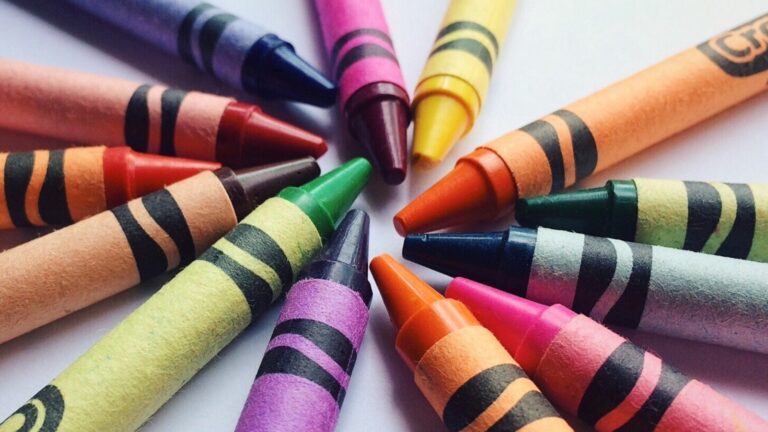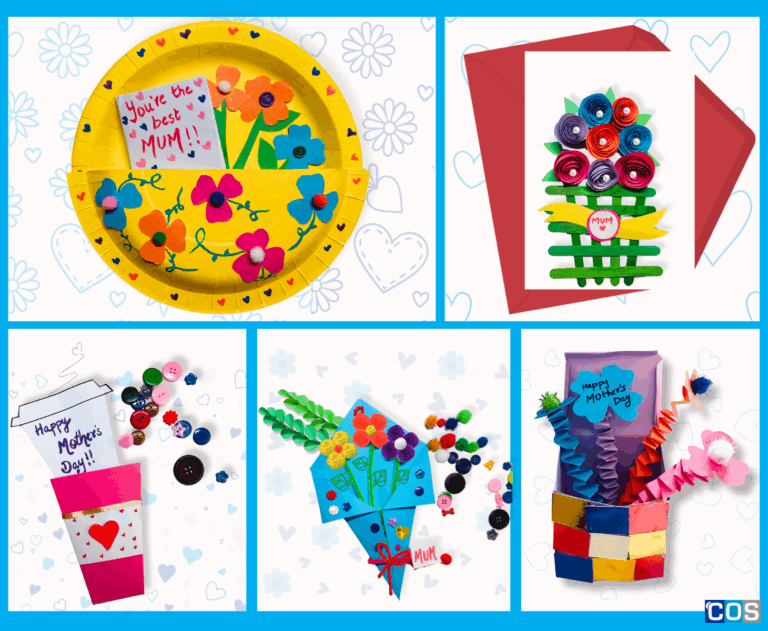Crayons are a staple in every classroom, art room, and early learning centre. They are one of the first tools children use to express creativity, develop motor skills, and explore colour. Whether it’s twistable crayons, washable crayons, or wax crayons, these simple yet versatile tools play a significant role in education and child development.
The Creation and History of Crayons
Crayons have a fascinating history dating back thousands of years. The earliest known form of crayons can be traced back to ancient Egypt, where pigment mixed with beeswax was used to create art. Similarly, early Romans used wax-based colouring sticks for marking parchment. Even with ancient predecessors, modern crayons as we know them today, weren’t developed until the early 20th century.
In 1903, Binney & Smith (now Crayola) introduced the first non-toxic wax crayons, making them safe for children. This innovation revolutionised art education by providing a mess-free, affordable, and easy-to-use medium for young learners. Over time, various types of crayons, including twistable crayons and washable crayons, emerged to meet different needs.
What is a Crayon?
A crayon is a stick of coloured wax, or another wax-like material used for writing or drawing. Unlike pencils or markers, crayons do not require ink or sharpening, making them ideal for children’s hands. The most common type is the wax crayon, made from a combination of wax and pigment, which provides smooth application and vibrant colours.
How Are Crayons Used?
Crayons serve multiple purposes in educational environments, including:
- Early Childhood Education – Young children use crayons to develop fine motor skills, hand-eye coordination, and creativity.
- Colouring and Art Projects – Students use crayons in art classes to create drawings, shading effects, and mixed-media artwork.
- Learning Activities – Teachers incorporate crayons into activities that teach colour recognition, patterns, and pre-writing skills.
- Sensory and Special Needs Education – Some crayons are designed for sensory-friendly learning, offering thick grips for children with motor challenges.
Different Types of Crayons
Educational facilities can choose from a variety of crayons, each designed to meet specific needs:
Wax Crayons
The most common type, wax crayons, are made from a blend of paraffin wax and pigments. They are easy to use, inexpensive, and widely available in schools and offices. Brands such as Crayola and Faber-Castell offer high-quality wax crayons suitable for classroom settings.
Twistable Crayons
Unlike traditional crayons, twistable crayons come in a plastic casing that allows users to twist the bottom to expose more crayon. These are ideal for classrooms as they reduce breakage and eliminate the need for peeling paper wrappers, making them a cost-effective and long-lasting option.
Washable Crayons
For younger children, washable crayons are a must-have. These crayons are designed to be easily wiped off walls, clothing, and furniture, making them perfect for early learning centres and kindergartens. They provide the same vibrant colours as traditional crayons without the worry of permanent mess.
Oil Pastel Crayons
While not technically crayons, oil pastel crayons are often used alongside them. These are softer and blendable, making them a favourite for older students who are exploring more advanced art techniques.
Ergonomic Crayons
Specially designed for little hands, ergonomic crayons come in triangular or egg-shaped designs to help young learners develop proper grip and fine motor control.
What Are Crayons Good For?
Crayons offer many educational benefits, including:
- Developing Fine Motor Skills – Using crayons helps children develop the hand strength and coordination needed for writing.
- Encouraging Creativity – Crayons allow for unlimited creative expression through colour and texture.
- Supporting Cognitive Development – Activities such as colouring within lines or following patterns enhance problem-solving and concentration.
- Providing a Safe Art Medium – Unlike markers or paints, crayons are safe, non-toxic, and do not require supervision.
- Enhancing Sensory Learning – Thick, textured crayons provide tactile engagement for sensory learners.
Choosing the Right Crayons
When selecting crayons for schools and early learning centres, consider factors such as washability, durability, and safety. COS offers a variety of crayons suited for different age groups and learning environments, including:
- Twistable Crayons – Long-lasting, break-resistant, and easy to use.
- Washable Crayons – Ideal for young children and classroom settings.
- Jumbo or Ergonomic Wax Crayons – Perfect for early learners developing grip strength.
Crayons are more than just a colouring tool – they are a fundamental part of early education. Whether using wax crayons for general colouring, washable crayons for mess-free fun, or twistable crayons for durability, choosing the right type ensures a positive learning experience.

